CALIFORNIA, USA — Winter storms in California created a spectacular display of spring color that hasn't been seen to this degree in decades.
It almost rivals the wildflowers that bloom all over Colorado mountains each summer — almost.

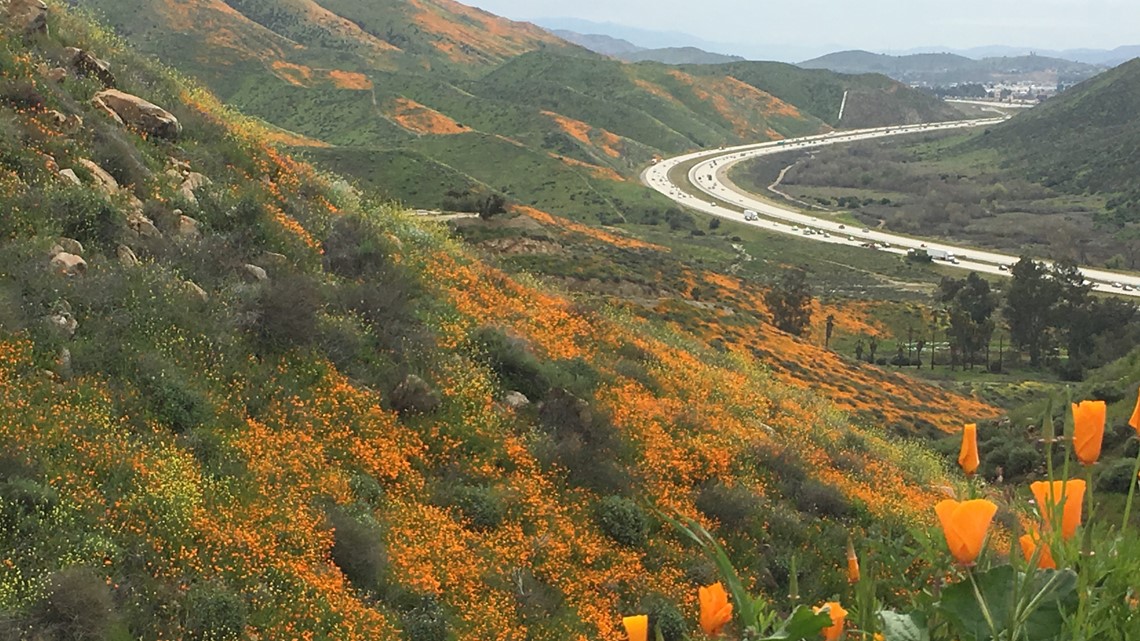
Colorado's state flower, the columbine, grows along mountain and foothill trails all over the state in the warm months.
Growing up in California, the only time I heard about that state’s flower, the California poppy, was in school.

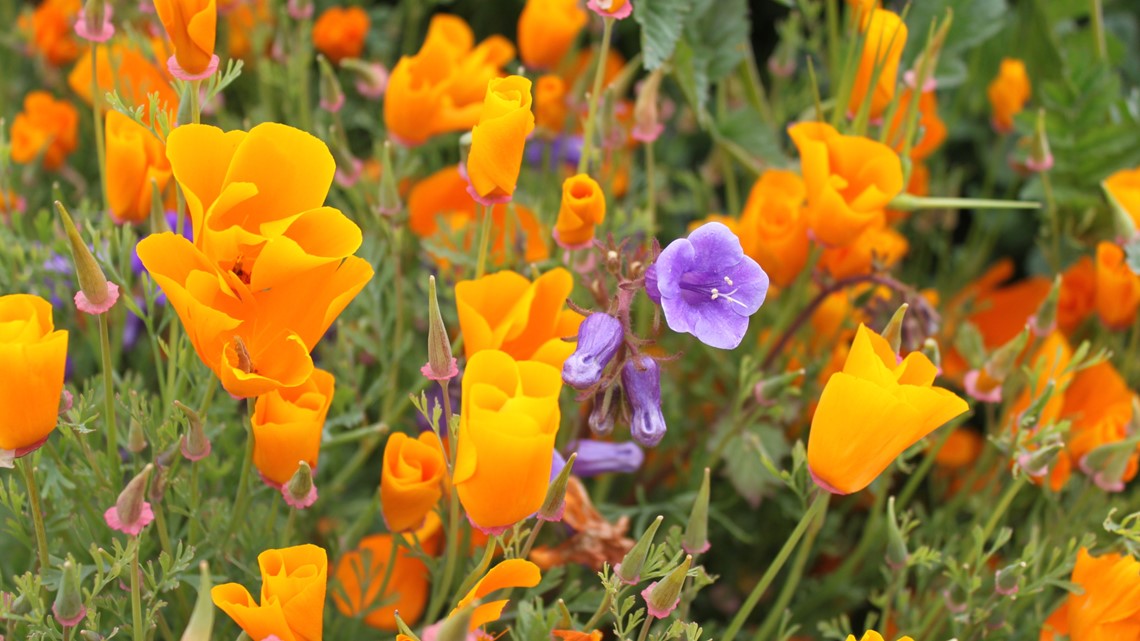

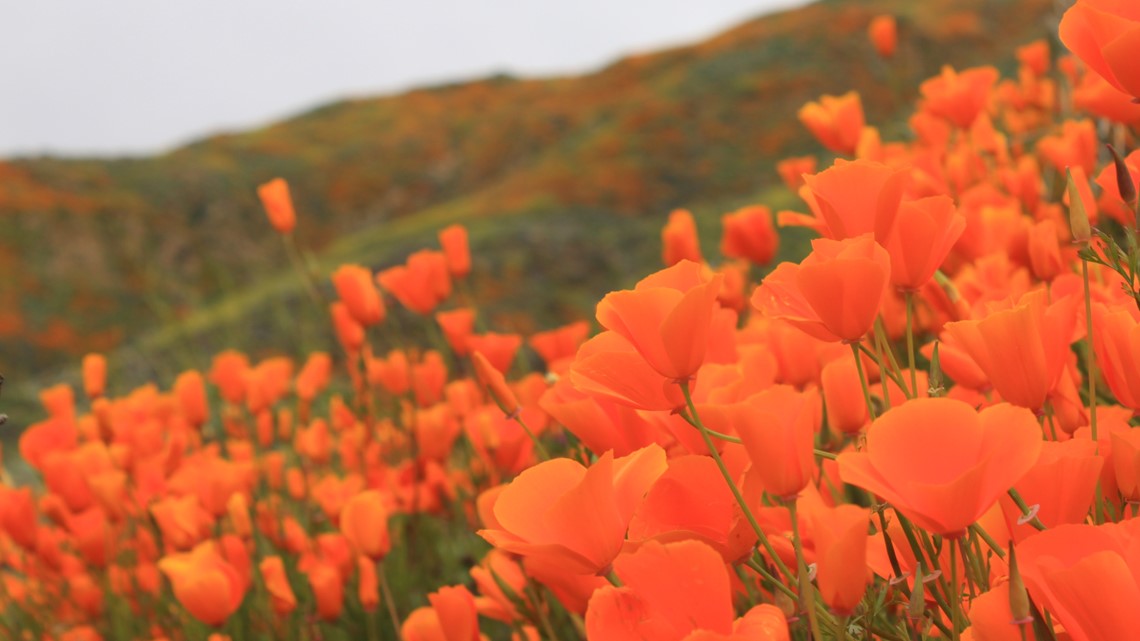
Bright orange pictures of the poppies were limited to posters about the Golden State, which would be displayed in classrooms.
This year, on hills about an hour south of Los Angeles, the "superbloom" has turned entire hillsides orange.

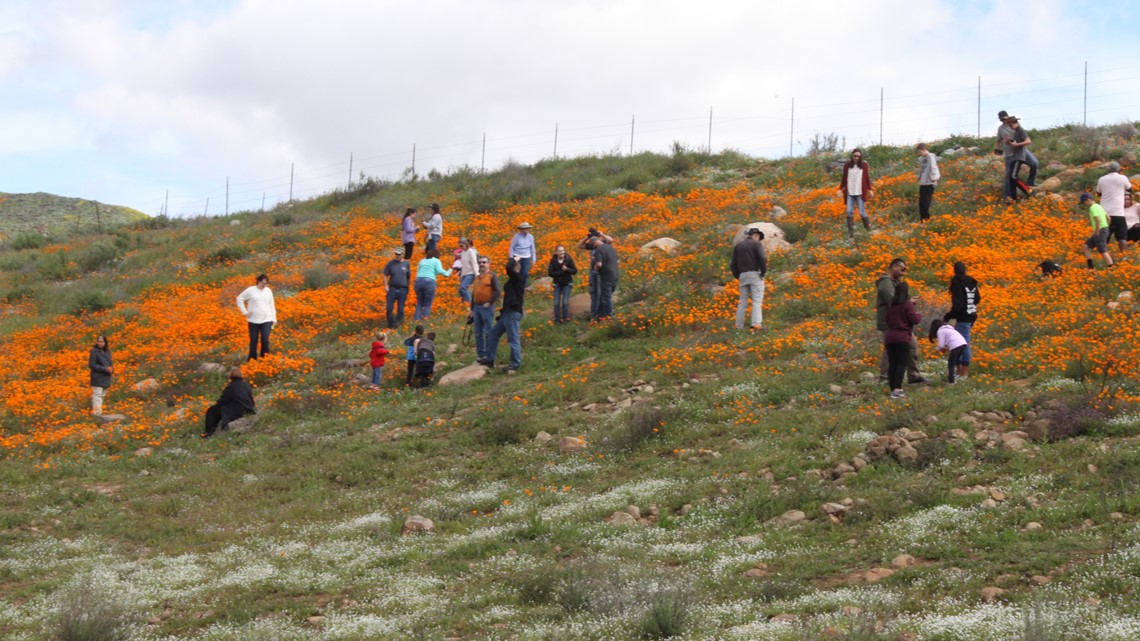
The superbloom is a result of frequent storms that have soaked Southern California during the winter. Most places have seen 150% to 200% of normal rainfall.
Poppy seeds need just the right combination of weather to turn an average display into the orange hillsides visible today in Walker Canyon, where conditions have been just right.
Walker Canyon is near the town of Lake Elsinore. The magnificent display of poppies has caused traffic jams in the area while thousands to go seeking that perfect Instagram shot.



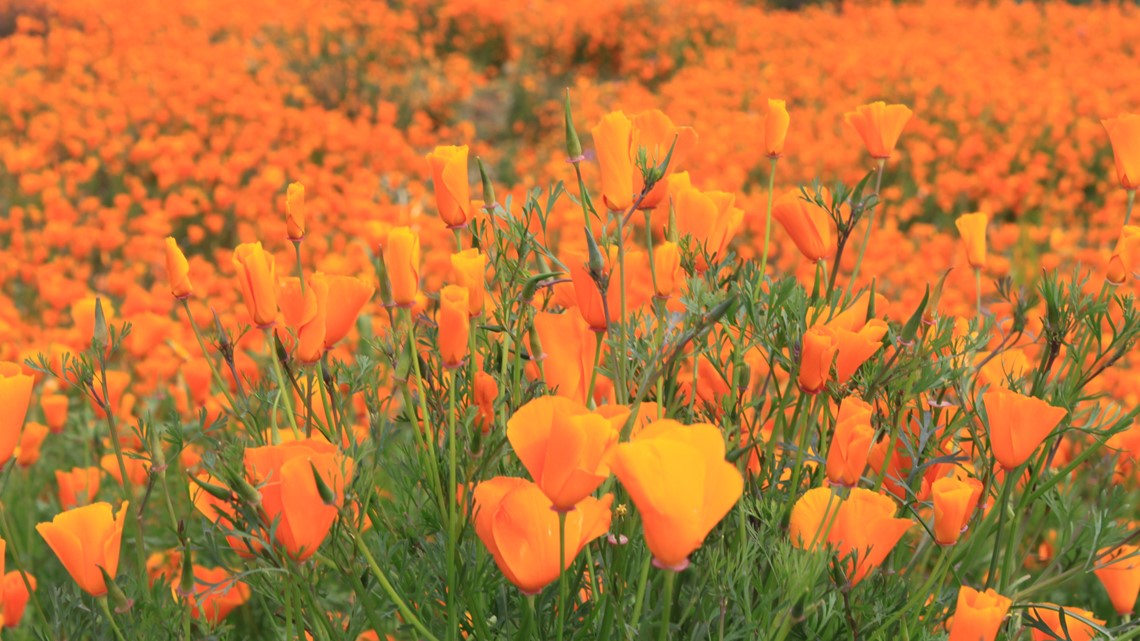
In April 2018, a wildfire called the Holy Fire burned the hills above Lake Elsinore.
The fire burned more than 20,000 acres and spread up to Lake Elsinore and Interstate 15.
One side of that freeway remains blackened and burned. But the other side of the freeway is filled with the thousands of vibrant orange flowers, which go on for miles.

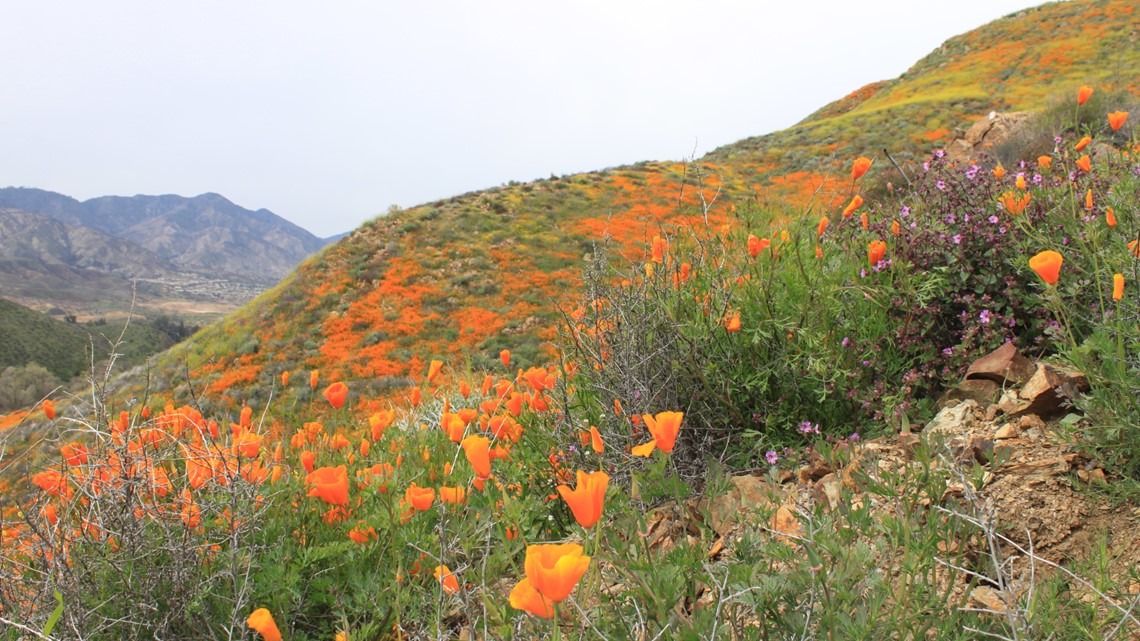
People come from all over to view the flowers. The blooms are so intense that the difference between the green and orange on the hills can be seen from space.
Crowds estimated at more than 100,000 have overwhelmed Walker Canyon. The California Highway Patrol assigned additional deputies to patrol that area to prevent people from parking on the freeway while stopping to take photographs.
The flowers themselves have become a distraction for drivers. Seven people were hurt in a crash during the last weekend of March while waiting in the line of cars at the exit for Walker Canyon.

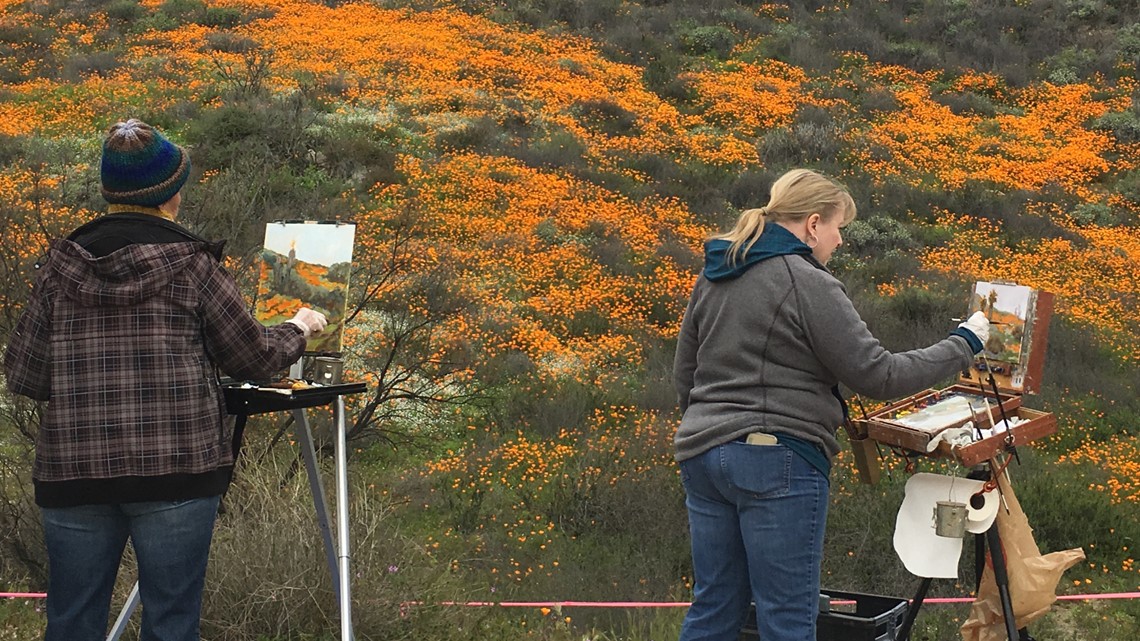
Traffic jams have stretched for more than 10 miles in the ‘superbloom' area, which has led to additional problems.
Police officers have increased patrols along the trails after patches of the wildflowers were damaged by visitors.


Local officials have even roped off a designated "Instagram area" where people can sit or lay down next to the flowers.
Officials have said they hope the area will ensure protections for the rest of the flowers growing on nearby hills and trails.


I personally encountered some strange requests when some people asked me to take a photo.
Some people wanted a simple and memorable shot with the poppy fields behind them. Others were very direct with their instructions.
"Only get a few of the flowers and make sure I’m taking up most of the frame," said one person.
Another said: "Make sure it’s on portrait mode and that the flowers are blurred, but that I’m the one in focus and that the lighting is great.”
Another used language as colorful as the flowers after I refused to take a photo when they wanted to step off the trail and lay down in the poppies.

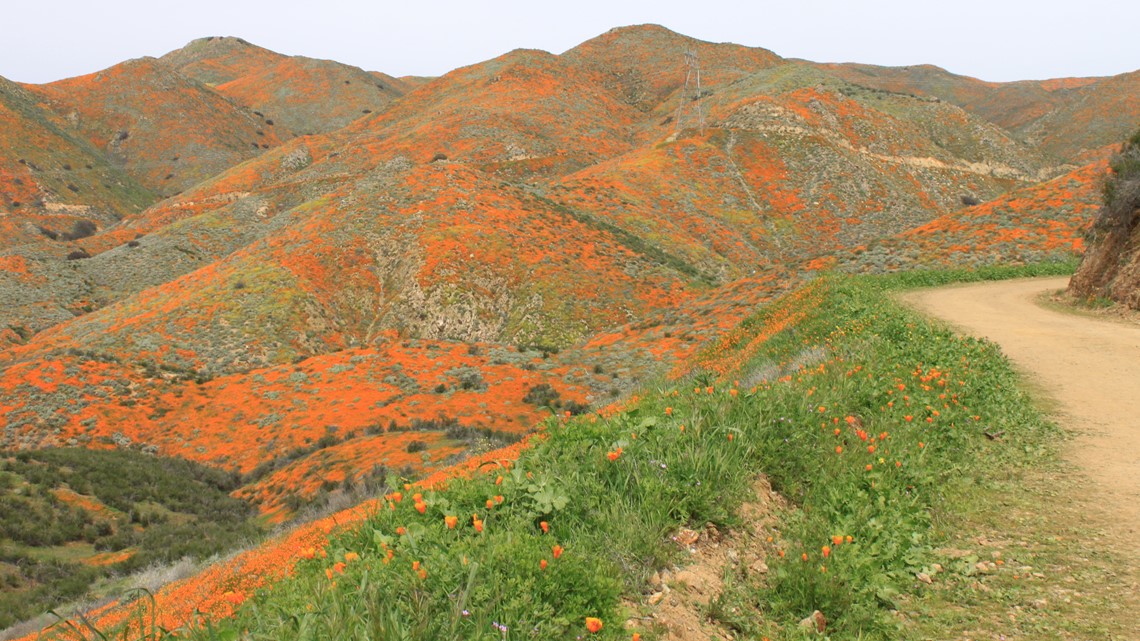

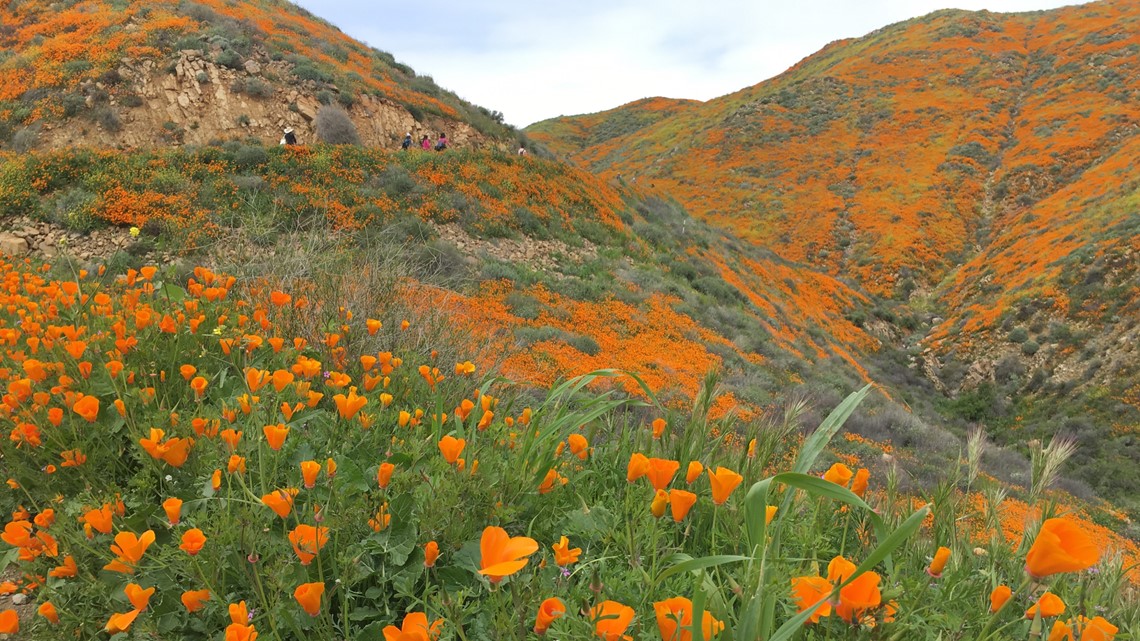
Regardless, wandering through those fields was an experience I will remember for a long time.
It also brought back memories of issues we see on the trails in Colorado during the summer. For example, overcrowded parking lots and bad behavior from visitors has led to major changes at Hanging Lake. Hanging Lake is located about 7 miles east of Glenwood Springs.

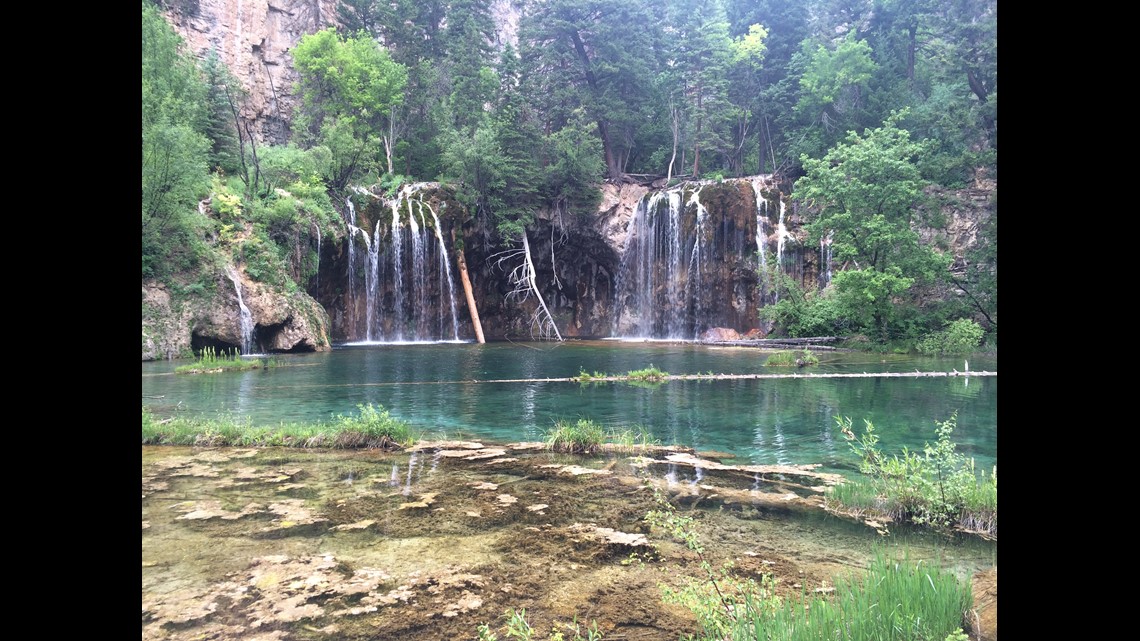
The trail will now be limited to just 615 people during peak months to make sure Hanging Lake will look the same for years to come.
There is another superbloom in California: This one is in the middle of the desert.
Anza-Borrego State Park is one of the largest in all of California. The park is located 80 miles northwest of San Diego, or 160 miles southeast of L.A.
The park is known as one of the best dark sky areas in the country for stargazers.

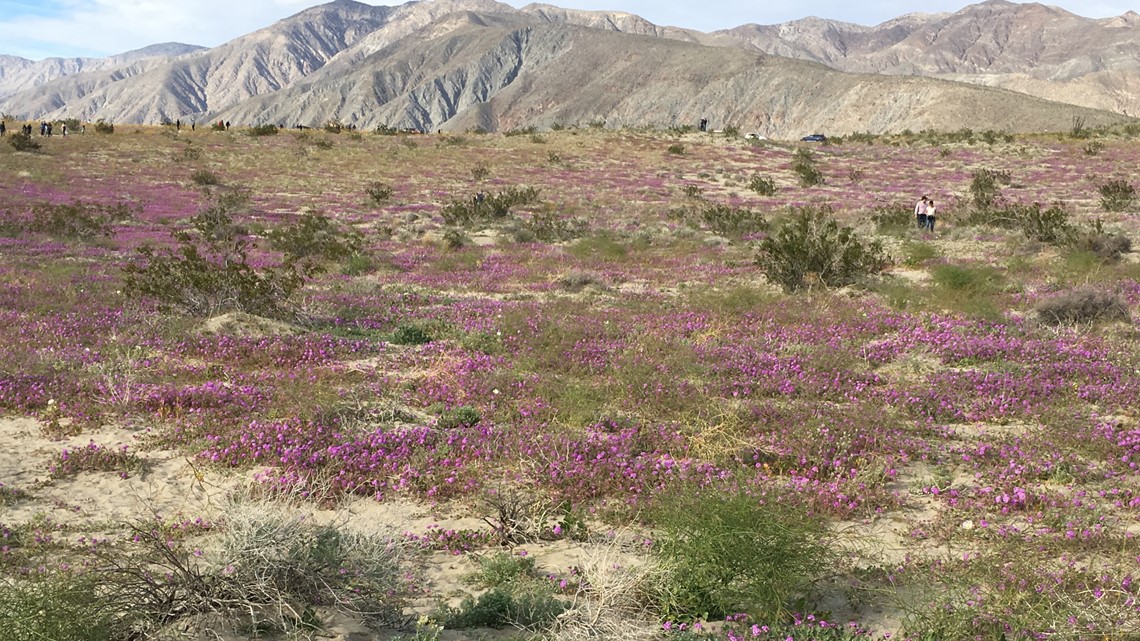


The bright oranges of the poppy fields are replaced here by pinks and purples. Lupine and other wildflowers are thriving after the winter rain. Desert lilies add a splash of white to the flowers in this oasis growing in the sand.

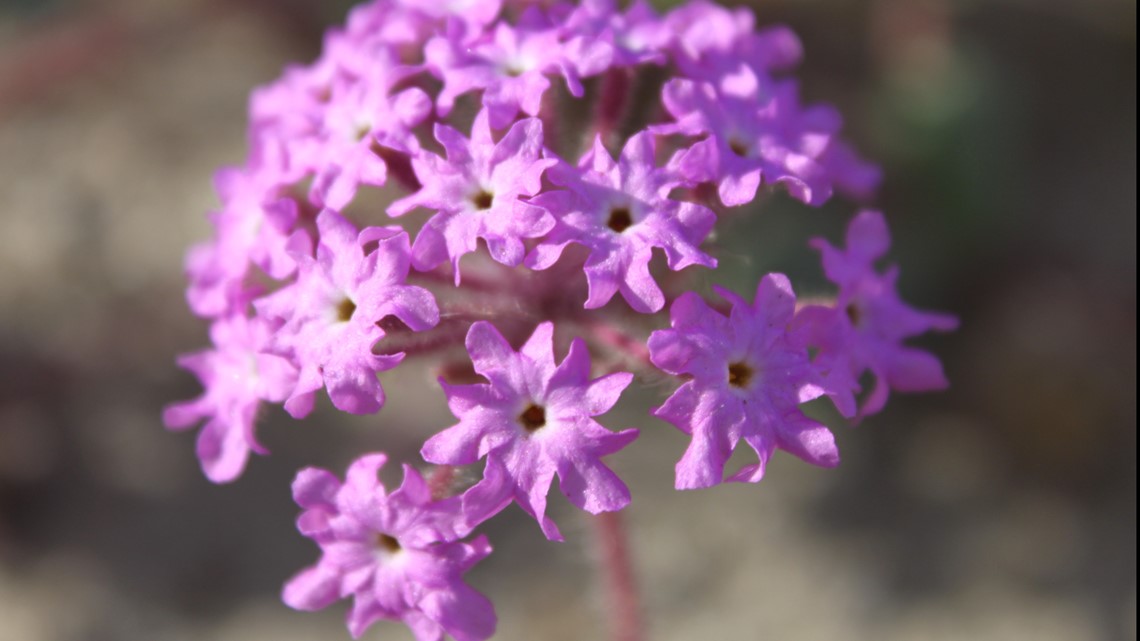

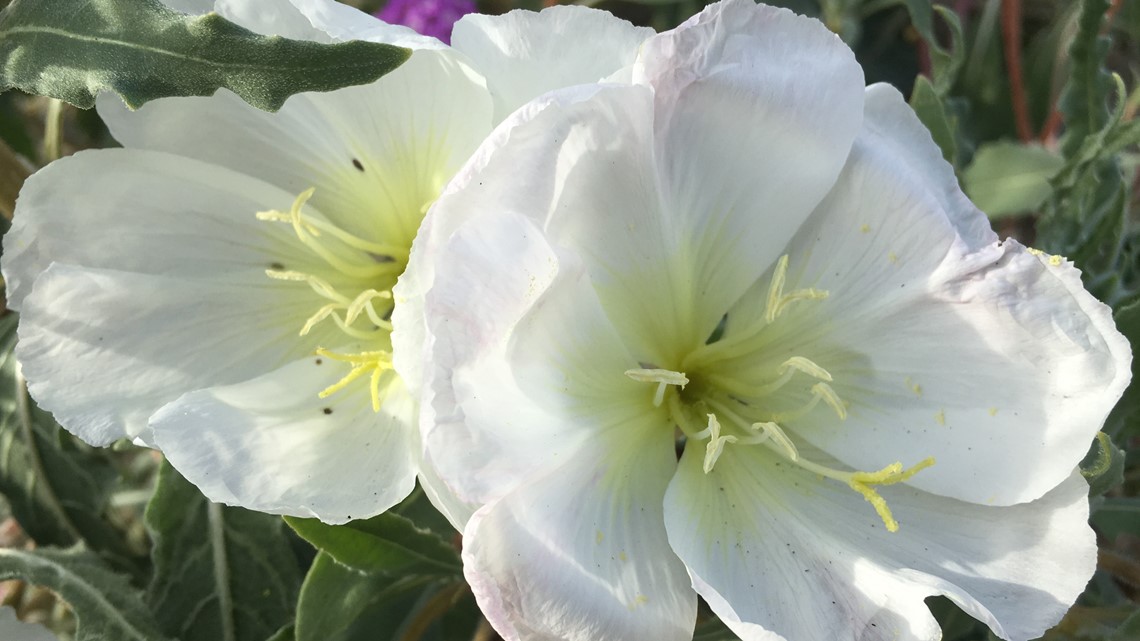
Butterflies can be seen flitting around the flowers, and sometimes people lay down in them for the perfect shot.



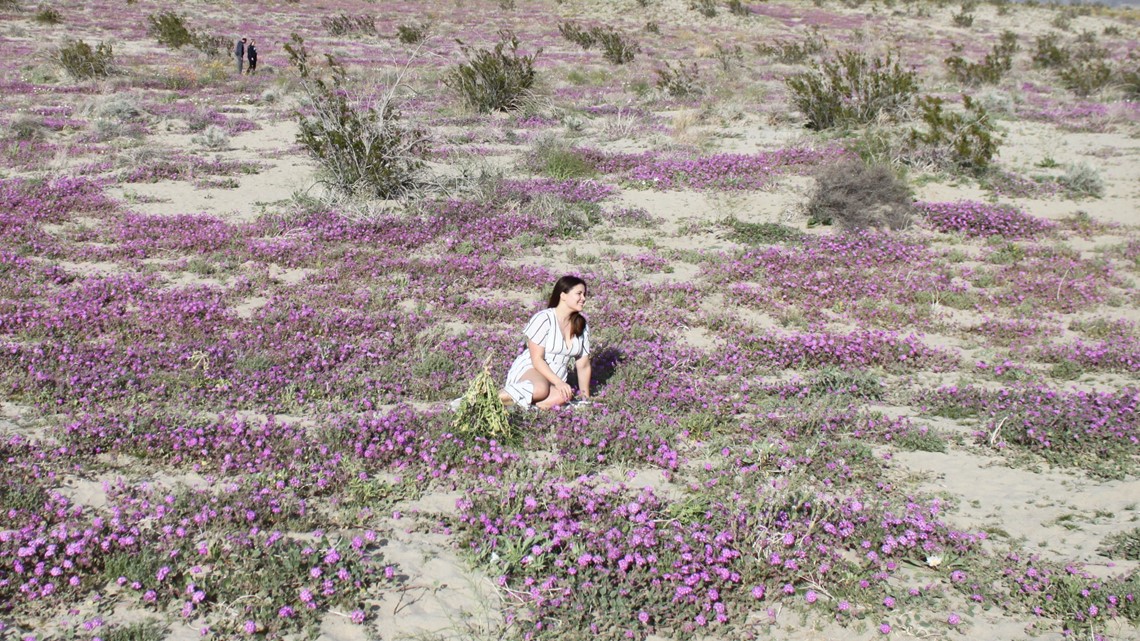
Everyone enjoys moments and places like this differently. Whether it is California in March, or Colorado this summer, remember to leave that place the same as when you arrived.

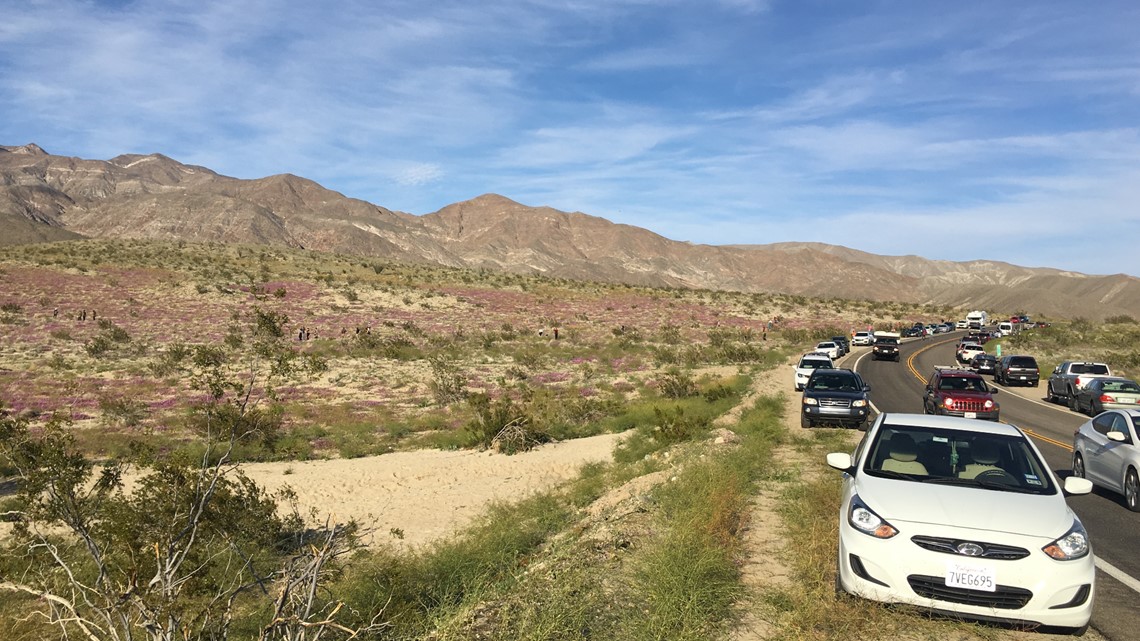
Respecting these fragile areas will allow someone to enjoy the same sight later that day, or the next.
SUGGESTED VIDEOS | Feature stories from 9NEWS



